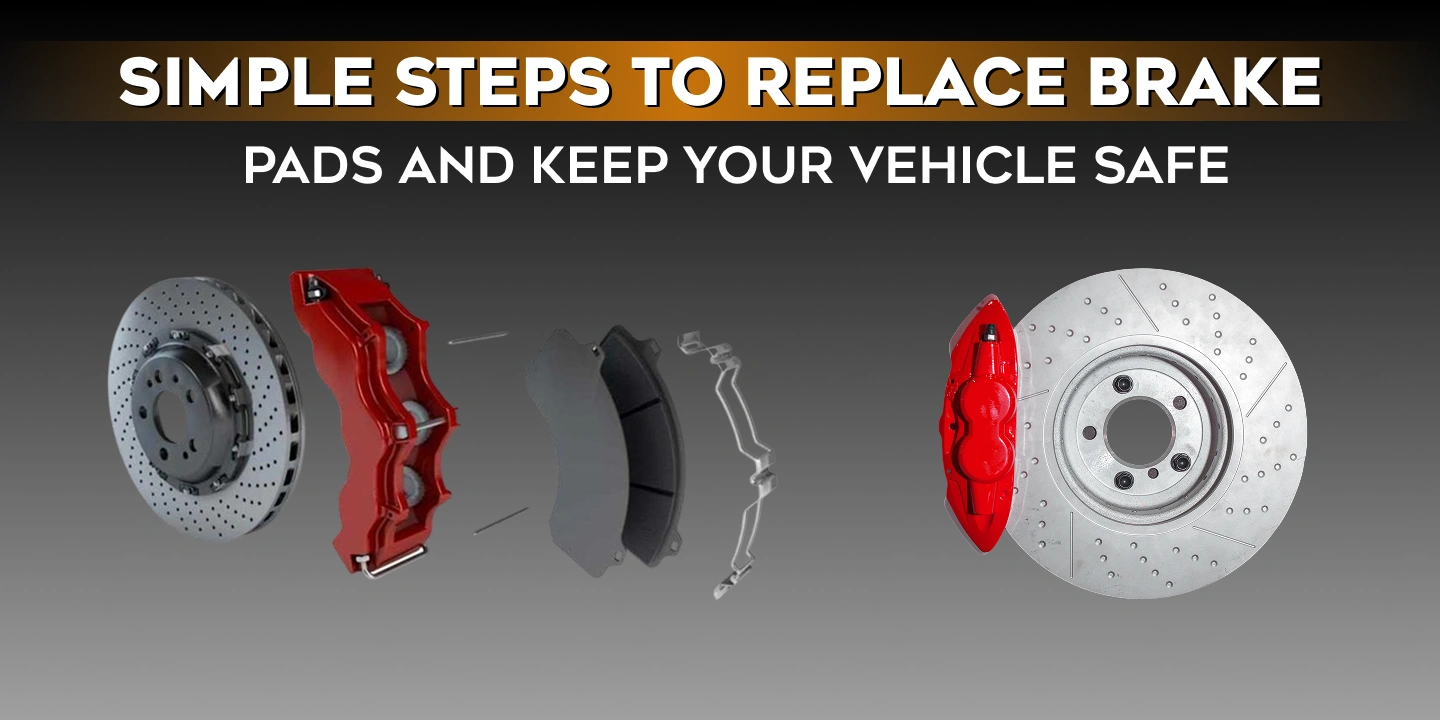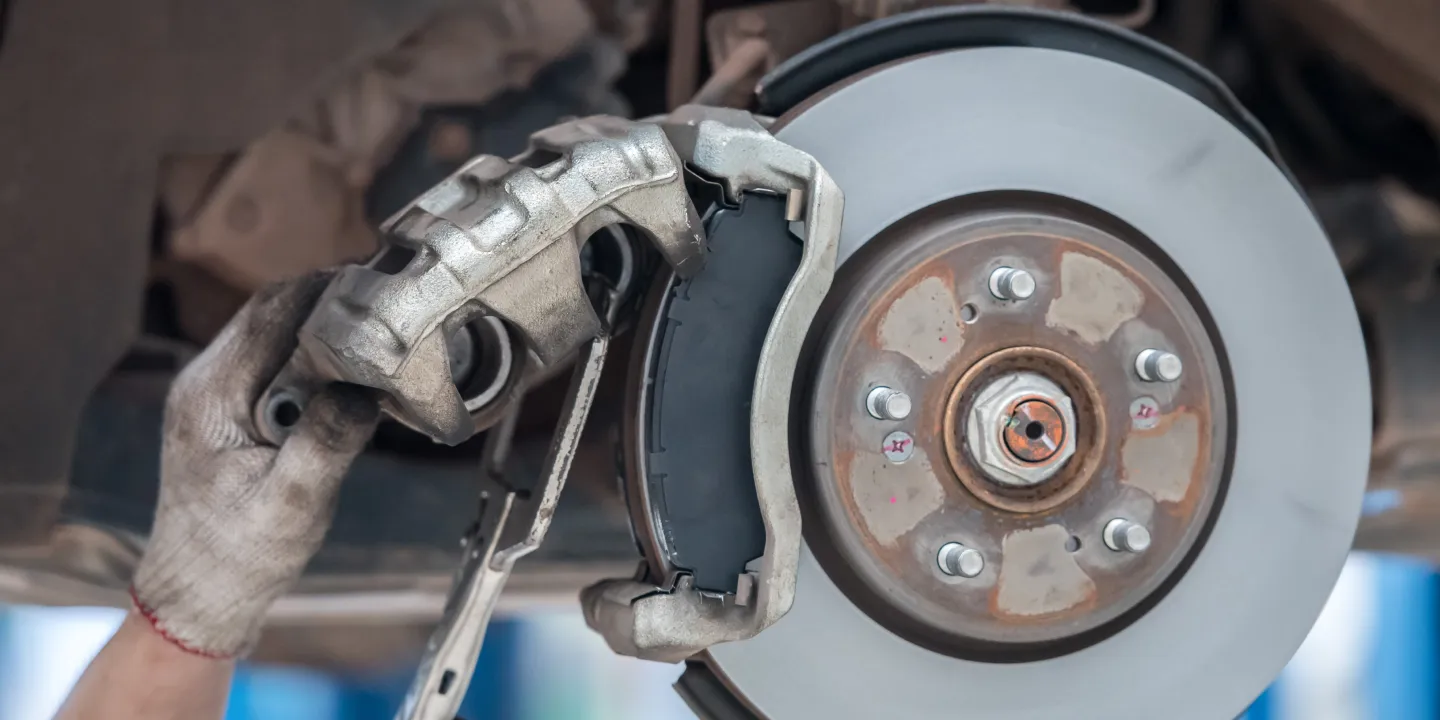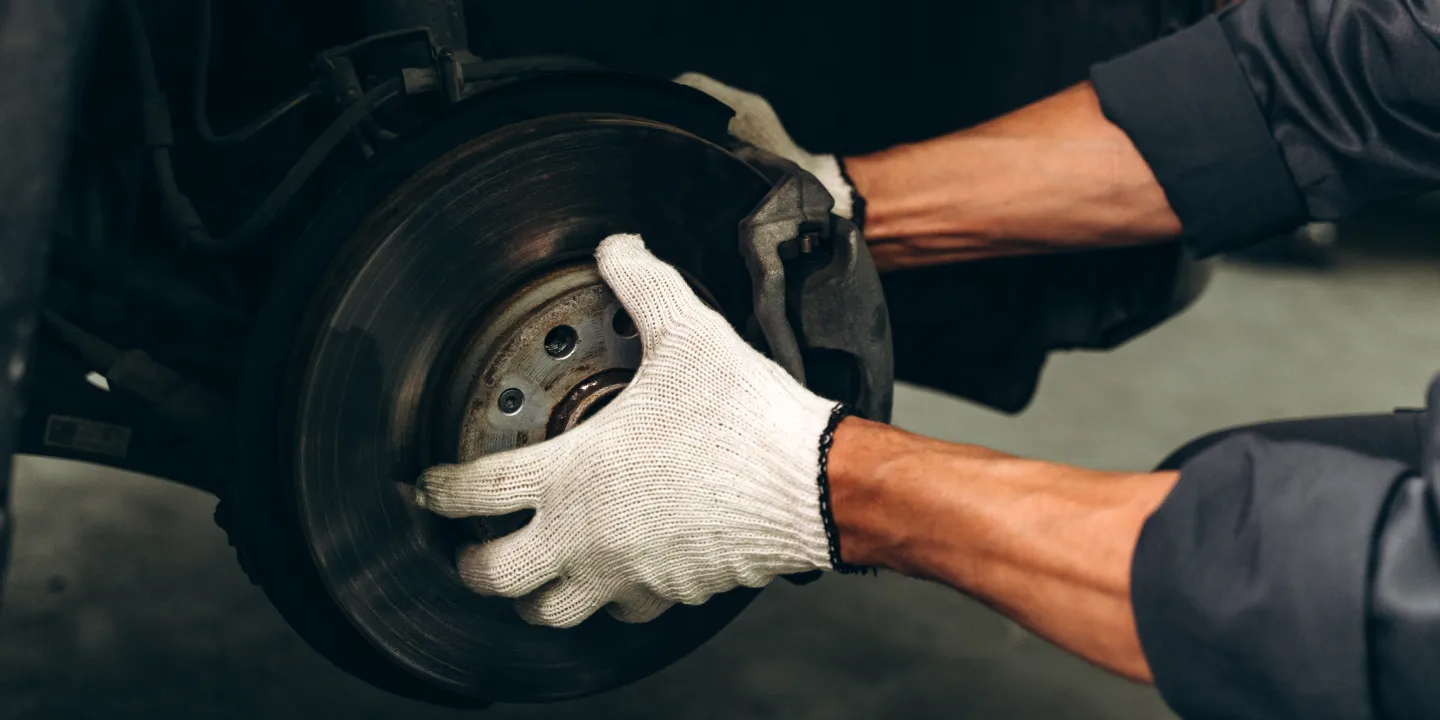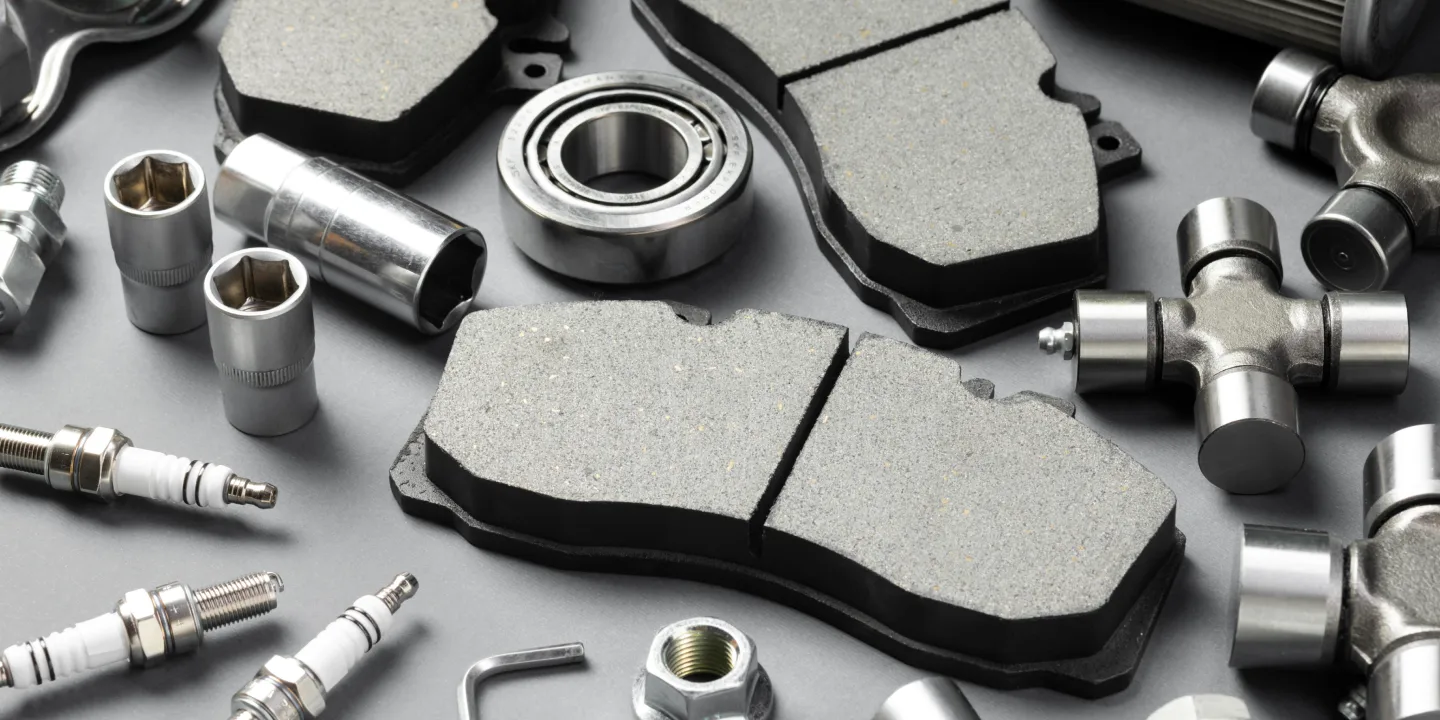
Brake pad replacement is one of the most important steps to ensure vehicle safety and smooth driving. Worn-out brake pads can affect stopping power, increase braking distance, and put you at risk of accidents. This guide explains when and how to replace brake pads, signs of damage, and tips to keep your braking system reliable.
Why Brake Pad Replacement Is Important

A vehicle’s braking system is its most critical safety feature. Brake pads create friction against the rotor to stop your vehicle. Over time, this friction wears them out, reducing their performance.
- Prevents accidents: Worn pads increase stopping distance.
- Protects rotors: Timely replacement avoids expensive rotor damage.
- Improves performance: Ensures smooth braking and better vehicle handling.
Signs That Brake Pads Need Replacement

Knowing the signs of wear is crucial for timely replacement.
- Squealing noise: High-pitched noise while braking means pads are thin.
- Grinding sound: Indicates metal-to-metal contact, leading to rotor damage.
- Reduced stopping power: Vehicle takes longer to stop.
- Vibration: Pulsating brake pedal while braking indicates uneven wear.
How Often Should Brake Pads Be Replaced?
Brake pad lifespan depends on driving style and conditions.
- City driving: Frequent braking wears pads faster (20,000–25,000 miles).
- Highway driving: Longer life (30,000–70,000 miles).
- Heavy loads or aggressive driving: Pads wear quickly.
Tip: Regular inspections every 6 months or 5,000 miles help detect early wear.
Types Of Brake Pads
cop_sliderauto">Choosing the right type ensures optimal performance.
- Ceramic Brake Pads
- Long-lasting and quiet.
- Ideal for regular driving.
- Semi-Metallic Brake Pads
- Excellent performance and heat resistance.
- Suitable for heavy vehicles and high-speed driving.
- Organic Brake Pads
- Made from soft materials.
- Good for light vehicles and short commutes.
Step-By-Step Guide To Brake Pad Replacement

Replacing brake pads is straightforward when done correctly.
Tools Needed
- Jack and jack stands
- Lug wrench
- C-clamp
- Socket set
- New brake pads
Steps
- Lift The Vehicle
- Park on a flat surface, engage parking brake, and lift using a jack.
- Remove The Wheel
- Use a lug wrench to remove wheel nuts and access brake assembly.
- Remove Caliper
- Unbolt the caliper but don’t disconnect brake lines.
- Take Out Old Pads
- Remove worn-out pads from the caliper bracket.
- Install New Pads
- Place new pads in position and secure the caliper back.
- Check Brake Fluid Level
- Add fluid if necessary and ensure no leaks.
- Test Brakes
- Pump the brake pedal and check for proper function before driving.
Safety Tips During Brake Pad Replacement
- Always wear safety gloves and goggles.
- Use jack stands, never rely on a jack alone.
- Double-check caliper bolts and brake fluid level.
- Avoid touching the rotor surface with oily hands.
Maintaining Brake Pads For Longer Life
- Drive smoothly: Avoid sudden braking.
- Keep load light: Heavy loads stress brakes.
- Check brake fluid regularly: Low or dirty fluid reduces braking efficiency.
- Regular inspection: Prevents costly rotor and caliper repairs.
Conclusion
Brake pads are vital for safe driving. Timely brake pad replacement ensures better stopping power, smooth driving, and longer rotor life. Whether you opt for professional service or DIY replacement, regular inspection and maintenance help keep your vehicle safe and reliable on the road.






